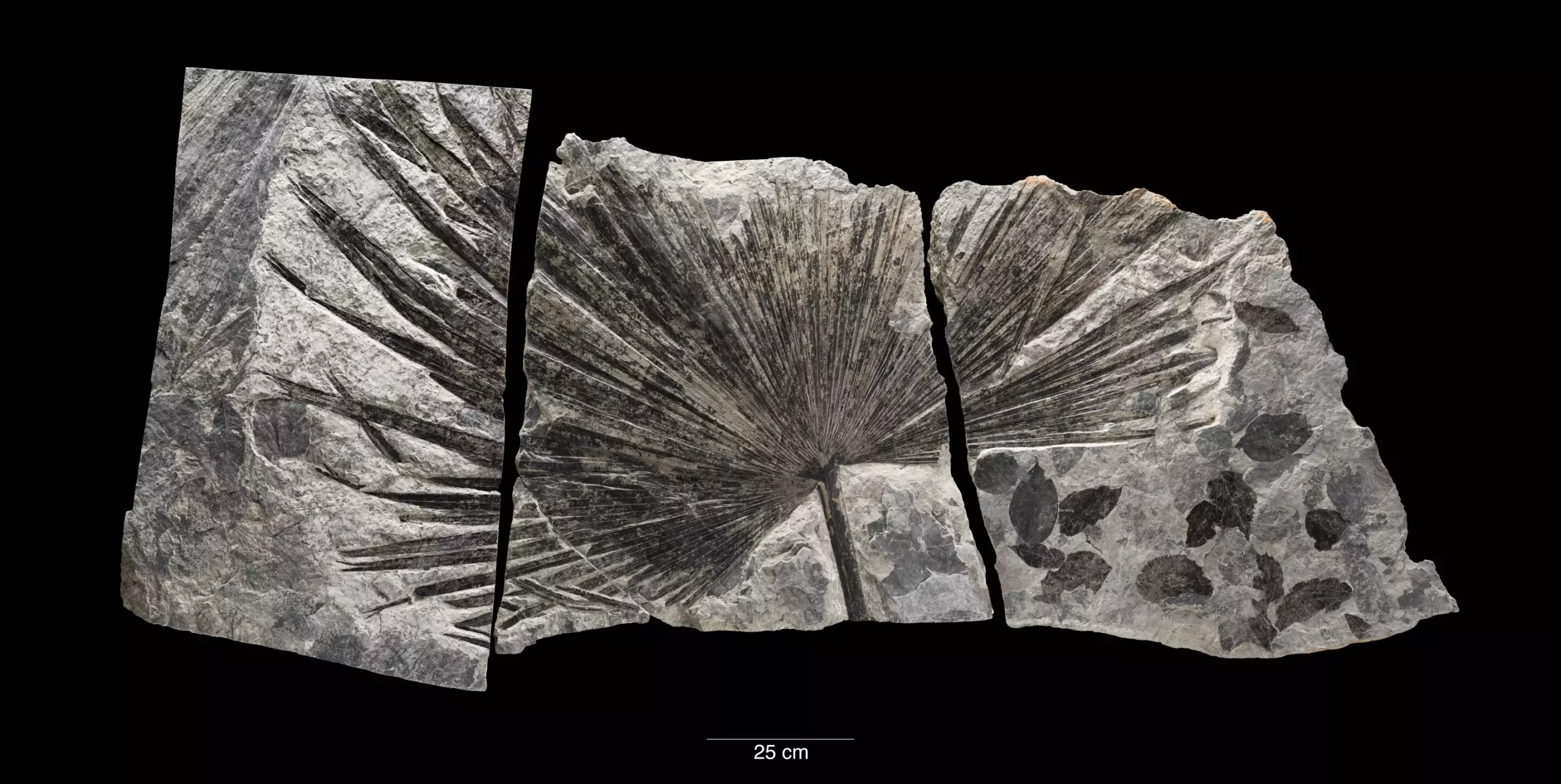A newly released study co-led by researchers from the Smithsonian Institution and the University of Arizona sheds light on the long-term fluctuations of Earth’s surface temperature over the past 485 million years. Published on September 19 in the journal Science, this research marks a significant advancement in our understanding of Earth’s climatic history, diving deep into the complex trends and variations that have unfolded over the course of Earth’s geological eons.
The research team, which included paleobiologists from the Smithsonian’s National Museum of Natural History, notably Scott Wing and Brian Huber, has produced a groundbreaking graph that charts global mean surface temperature (GMST) throughout the Phanerozoic Eon—the time period commencing around 540 million years ago, marked by the emergence and diversification of life. This new temperature curve surprises many by indicating more extensive variations in Earth’s temperature than previous models had depicted.
One of the most compelling revelations from the study is the tight link established between global temperatures and atmospheric carbon dioxide levels. The researchers found that epochs of heightened warmth frequently coincided with elevated carbon dioxide levels, reiterating the fundamental principle that CO2 acts as a dominant driver of temperature shifts throughout Earth’s history. Co-author Jessica Tierney, a leading paleoclimatologist from the University of Arizona, emphasized the pronounced impact of CO2 on climatic conditions: when levels are low, temperatures plummet; conversely, high CO2 concentrations correlate with warmer conditions.
What heightens the urgency of this research is the current state of global warming. Today’s average GMST of approximately 59 degrees Fahrenheit (15 degrees Celsius) is cooler than many periods noted in the Phanerozoic. However, the alarming pace at which human-induced greenhouse gas emissions are heating the planet presents a stark reality. Current warming trends threaten to surpass the historical rate of temperature change that has previously triggered mass extinctions in Earth’s history.
The study utilizes an advanced methodology known as data assimilation, a technique repurposed from meteorology that melds real-world observations with climate models to yield a more comprehensive and nuanced representation of ancient climates. Emily Judd, the study’s lead author and a former postdoctoral researcher associated with the National Museum of Natural History, underscored the innovative application of this method. By essentially ‘hindcasting’—or reconstructing past climates through this technique—the researchers could synthesize a robust temperature curve.
Prior attempts to gauge ancient climates were often hampered by the fragmented nature of the fossil record. Traditional methods provided isolated data points, presenting a challenge in comprehensively understanding global temperature trends. Judd likened the effort to assembling a 1,000-piece jigsaw puzzle with only a few pieces on hand. The creation of the PhanTASTIC (Phanerozoic Technique Averaged Surface Temperature Integrated Curve) Project serves as an effort to fill in these gaps. By combining data from various geochemical proxies—evidence preserved in ancient fossils—alongside climate simulations developed by University of Bristol colleagues, the research team was able to construct a multifaceted view of Earth’s climatic history.
This research bears substantial implications for our approach to current climate change. Scott Wing has pointed out that studying the last few million years does not sufficiently reflect the eventualities set to unfold by the year 2100 or even 2500. Instead, it is crucial to examine scenarios from further back in Earth’s history when the planet experienced significant warmth, as these cases may offer insights into potential future climatic shifts.
Of particular concern is how contemporary rapid climate change endangers various species and ecosystems that are ill-equipped to adapt to such swift fluctuations. As Tierney articulates, humanity and associated species have evolved in cooler climatic conditions, and suddenly shifting to a warmer environment poses significant risks.
While this research provides a comprehensive analysis of Earth’s temperature changes throughout deep time, it is recognized that this is not the conclusive word on the subject. Huber affirmed that ongoing research will unearth new discoveries that may refine this temperature curve further. Such endeavors not only extend our understanding of Earth’s past but are vital for formulating strategies to cope with an uncertain climatic future shaped by human actions.
The recent study encapsulates a monumental step forward in paleoclimatology, linking ancient temperatures to present-day climatic challenges, while reminding us of the critical need for continued exploration in understanding our planet’s intricate climate system.


Leave a Reply